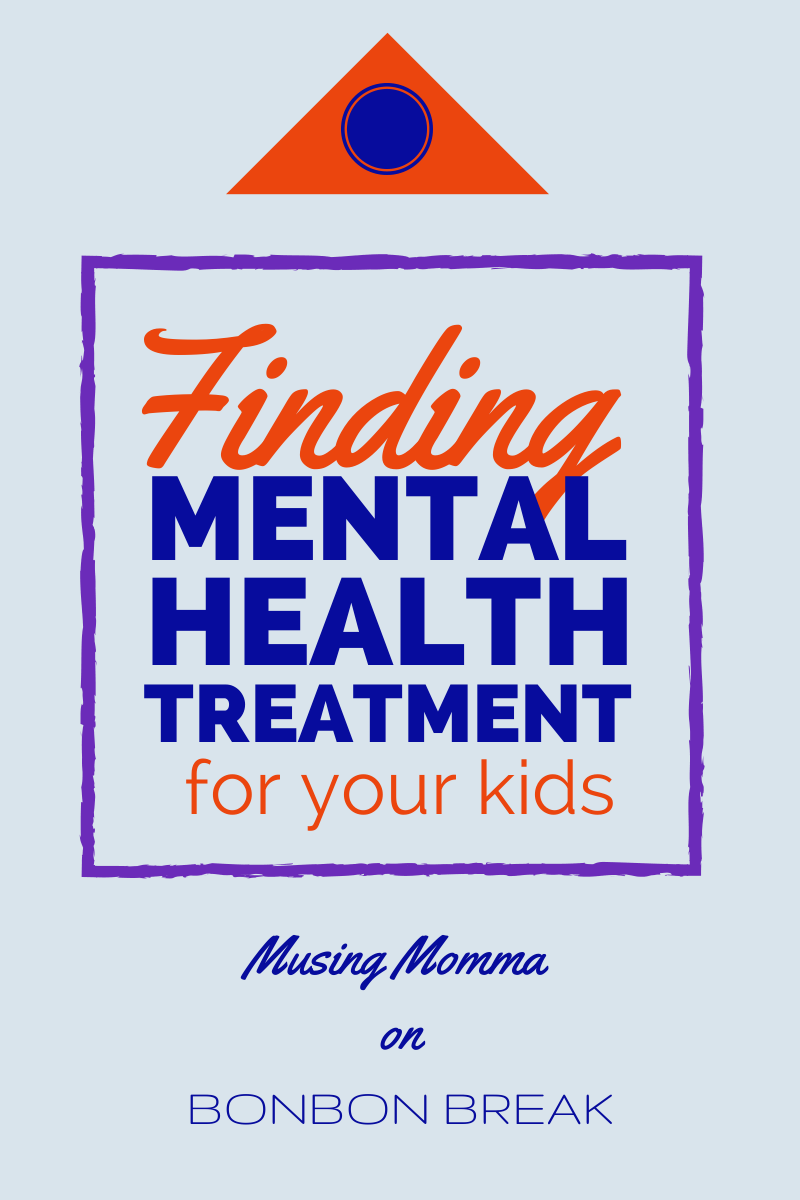Tips for Letting Your Kids Roam This Summer

Remember back when we were kids, when summers meant roaming from house to house with the neighbor kids, where we would have kickball games in the rain and play Barbies for hours-on-end in someone’s basement and ride bikes and build forts? Does that happen anymore?
Actually, YES, it does!
At 7 1/2, my oldest is an experienced neighborhood-roamer. Last summer, when I would post pictures on Facebook of the fort he had built with his buddies or some other escapade the neighborhood kids had dreamt up, there were inevitably comments like, “It’s nice to see kids still do that” or “I wish our neighborhood was like that.” It seems that many parents these days want their kids to enjoy the sort of wandering we associate with childhood but aren’t always sure how to make that happen.
Certainly it is easier in some communities that others. My boys are 4 and 7. Their freedom to roam has been a bit more limited since we moved this spring, if only because homes on our new street are still being built and I’m not 100 percent comfortable letting them ride their bikes around construction vehicles. But as soon as all of the sidewalks are in, the oldest will have pretty free reign of our block and be ringing the neighbors’ doorbells (but not until after 9 am). Our last street was quiet and full of kids under 10; my kiddo started roaming as soon as he was in kindergarten, if not a little sooner.
As long as you live in a relatively safe and family-friendly community – be it a street block or an apartment building – there are few reasons I can think of not to let your kids roam…and a LOT of reasons you should! So exactly how do you know when your child is old enough and ready to start roaming the ‘hood? And how do you make this happen? Here are a few tips that worked for us.
1. Know Your Neighbors
The better you know your neighbors, and the the better they know you, the more comfortable you’ll be letting your child venture off. Go for walks. Introduce yourself – and your kids – to other adults on your block. Invite another family over for a cook-out or a morning play date. Build those relationships! And if you “don’t have that kind of neighborhood,” be the trend-setter. It has to start somewhere, and there are a zillion ways to build a sense of community. (I have a few ideas on the Community page of my site. One of my all-time faves is the neighborhood race day.)
So let’s say you do have a friendly neighborhood. Before your kids start to roam, consider the following:
- Share cell phone numbers. Texting (or calling) is a great way to keep track of where your kids to monitor their safety. Our last neighborhood had an awesome group of parents who would text each other when the kids were out and about: “They are at my house now.” “The kids are headed out on their bikes.” “So-and-so is on his way back home. He should be there in 5.”
- Be considerate. No one wants a house full of kids all.day.long. If the gang has been at your neighbor’s for a while, ask them to send the kids your way. Don’t let your kid ring doorbells before breakfast or during dinnertime. And, if your child does something inappropriate, address it. We make sure our neighbors know that we want them to tell us if our child causes any problems and vice versa, and we remind the boys often that being good guests is essential if they want to be welcome in others’ homes.
- Know each others’ rules. It is really helpful to know what other families’ rules are, particularly around safety, and to share yours. This doesn’t mean you can expect everyone else to change their rules to parent the same way that you do, but it does help you to look out for each other’s kids as well as to know what to expect when your kids are at someone else’s home.
- Ask about gun, fire, and pool safety. This can be awkward, but once your child starts playing at other homes without your supervision, it is really important to know whether there are firearms and lighters/matches and how they are stored. It is slightly less awkward if you frame it as something you ask all parents. “Hey, so I always like to ask other families…do you have any guns in your house?” When I started asking this I was amazed how many parents rely on kids’ judgment to keep them safe from guns, instead of storing guns safely. If a family has a pool, know what their rules are about supervision and swimming. The goal isn’t to change other families’ rules, but to create rules for your child based on what goes on in other homes. How you do that is up to you. Our family’s approach is to let our boys know which houses they are allowed to go inside without asking (we call them “green light” houses, which means my husband and I are confident they are safe and the kids can go anytime) and which houses either still need to be checked out or require that we are with them.
2. Have clear expectations and repeat them often.
Start by creating some basic safety-related rules. In the beginning, ours were things like “don’t cross the street without an adult,” and “bikes must stay on the sidewalk.” We reiterated these rules each time our son went out, and we reminded him that being allowed certain freedoms (which evolved gradually) depended on his ability to follow those rules. Nowadays we remind him before he heads out to come right back home if his friend isn’t available to play and to have the other parent text us if he is going to stay. The rules will evolve over time as your child matures and is ready for more freedom.
3. Start small.
When I look back, the transition from “always supervised” to “roamer” was a gradual one that started with things like letting my oldest ride his bike up and down the block while we watched from the driveway, then allowing him to ride to his friend’s house at the end of the block and ring the doorbell. Early on, he wasn’t allowed to cross the street without an adult, which meant sticking to the houses on our side of the road and going no farther than the corner. As we grew confident in his ability to look both ways before crossing, we started letting him cross solo. This goes along with the next tip.
4. Test them out.
Whether you have a 5-year-old or a 15-year-old, give your child as much freedom as she can handle responsibly. Create some rules and see how your child responds. The more responsibility your child shows, the more freedom she is allowed – up to a point, of course. And if your child can’t follow the rules, you know she isn’t ready for those freedoms quite yet. When my oldest was 5, we quickly realized he wasn’t yet able to follow the rules we set, so we took a step back and tried again a few weeks later. (If you are curious, you can read more about that here.) The nice thing about this approach is that kids generally recognize the fairness of it, especially if they understand how it works, and you frame the goal as keeping them safe.
5. Practice.
Find opportunities for your child to practice following the rules you’ve established and demonstrate the skills you want to see. Remind him why these rules/skills are important and what it means for him. I vividly remember pointing out to my son, who was paying no attention whatsoever to the other cars in a parking lot one day, that looking for cars was a skill he needed to demonstrate to show us that he could play safely in the neighborhood. That clicked for him, and — suddenly — he was super-motivated to cross roads (and parking lots) safely. In no time, he had earned some new freedoms that he wanted.
And one last tip: As parents we need to be willing and able to deal with a little bit of uncertainty. We need to remind ourselves that, in spite of what the media suggests, in many ways the world isn’t any more dangerous now than it was when we were kids – maybe less so, as public awareness campaigns have made most parents more aware of true safety risks. Our kids will benefit from experiencing an age-appropriate level of independence and the chance to socialize with their friends without an adult watching over their every move, just like we did.
So, are your kids ready to roam?




